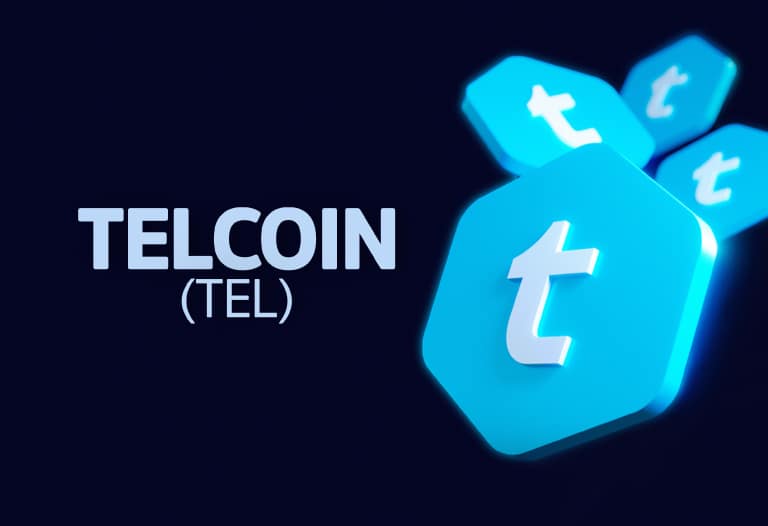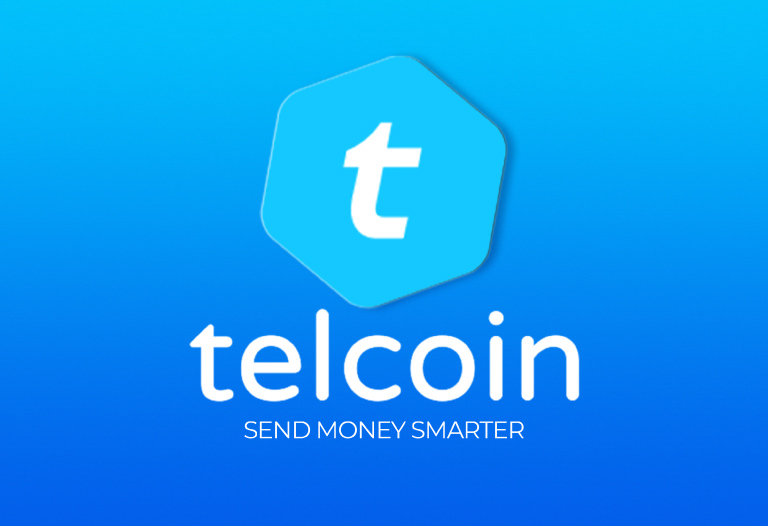
Table of Contents
ToggleYou may have ever heard about the Telcoin project. In case you have never heard of it, don’t worry. In this post I will tell you all about how it works.
Telcoin is a platform that merges blockchain technology with communications to enable users to pay with tokens when making transfers quickly and globally. The platform is based on the Ethereum blockchain and has its own native token with the ticker TEL. This is an ERC-20 token and thanks to its development integrates blockchain technologies into the mobile industry.
Telcoin has its own organization. Its main objective is to develop a cryptocurrency that is fully compatible with the functions of our mobile devices. In this way, users will be able to make recharges and transfers from anywhere through this platform.
History of Telcoin
The history of this cryptocurrency begins in 2017. The developers of this project are Paul Neurer and Claude Eguienta. Both developers have extensive experience in terms of security systems and distribution of virtual currencies.
Paul Neuner is the current president of the project and has more than 12 years of experience in telecommunications. His first involvement in the blockchain world was in the telecommunications industry Mobius. Mobius is a startup that specializes in providing management services to safeguard mobile networks.
In 2012 Paul had just founded Pangea KK. This was a software mobile app development company based in Tokyo. But all this is not the only thing Paul did before founding Telcoin, he also founded Ikou, the mobile app specialized in creating and organizing events. By 2018 Paul founded Sedona, a next-generation telecommunications management service that is responsible for safeguarding mobile financial services.
On the other hand, we have the CEO and head of the project, Claude Eguienta. This CEO had previously worked in new and large technology companies seeking to offer their customers the best financial services for more than ten years.
Telcoin was launched on December 11, 2017, and the project currently has a team of 12 professional developers at its Tokyo headquarters.

How does Telcoin work?
In terms of its technology, Telcoin is a cutting-edge project with respect to integrating blockchain technology into today’s telecommunications companies. This is possible thanks to the installation of the Telcoin API or Application Programming Interface model.
This model is a set of codes that use different software to communicate with each other regardless of their different nature in the infrastructure presented by the external companies.
As we have already mentioned above, Telcoin runs on the Ethereum network so it employs its blockchain technology and has smart contracts on the network. We could not expect anything less considering that its token is based on the ERC-20 standard.
The coin distribution model in the Telcoin network is not too complicated. The platform is in charge of managing the wallets of its users and in turn is responsible for distributing the coins to the network operators. These operators in parallel also have a function and that is to sell the tokens to the users. Users have direct access to their assets through the Tel-wallet.
The Telcoin project uses Proof of Concept (PoC) instead of the validators used by most projects. Proof of Concept is responsible for ensuring consistency in transactions. Telcoin is responsible for ensuring whether a given transaction has any real-world viability before validating it.
Telcoin components
The Telcoin model has three components. These components are the network, the telecommunications companies and, of course, the subscribers or users. Telcoin ensures the proper care of the wallets as well as the implementation of the network. As in the operation of most decentralized projects, Telcoin users have full ownership and control of their tokens.
The user who owns a token also has the right to transfer tokens directly to a peer account from his own without any prior permission. It should be noted that, for the activation of these transactions, the subscriber must have a minimum of two private keys. These keys must be based on Telcoin’s security architecture. This requirement can be augmented through a configuration called multiple signature model. Such a configuration helps to ensure a high level of security in the system.
Telcoin Features
Each project has its own characteristics. These characteristics are the ones that make us choose it over others that perform the same function. Next we will see the most important ones of this project compared to others of the same level.
-
- Incentivized adoption. By this feature we mean that Telcoin is able to adapt in the most convenient way to the few models that exist to connect to operator billing and mobile money platforms at the same time. However, we should know that the applied fees are deducted directly from the TEL (native token) issuance. This service attracts the attention of many users and makes them loyal to the project.
-
- Wallet agnostic. Telcoin has the ability to integrate with existing telecom mobile money wallets, in addition to a proprietary wallet. This feature offers Telcoin users an extra remittance merchant.
-
- A flexible telecom API. Telcoin pricing as well as the API exchange interacts directly with carrier billing as well as mobile money platforms via USSD, REST API or SMS.
What is TEL?
Like most projects, Telcoin has its own native token, TEL. This is the platform’s utility token. Through TEL, users can interact with services offered by other external networks. Telecom operators have the ability to issue TEL based on the volume of their transactions and the maturity of their integration. This feature ensures that delivery will be much more efficient than a traditional economic remittance service for its users.



